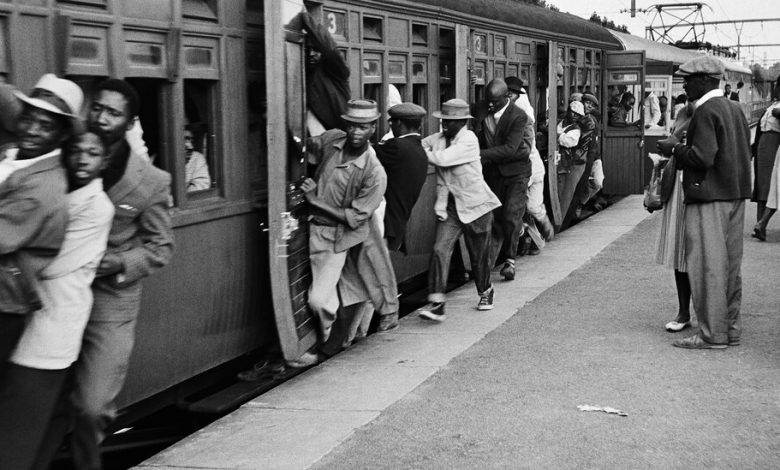For Black South Africans, Apartheid Was a ‘House of Bondage’

“I have choked it down and I know,” Ernest Cole (1940-1990) writes of the “barely edible” porridge fed to Black South Africans in hospitals and jails alike; but the phrase looms over HOUSE OF BONDAGE (Aperture, $65), his 1967 account of the atrocities of apartheid. The book has been out of print until now.
Born in Eersterust, near Pretoria, Cole was a 20-year-old newspaper photographer in Johannesburg in 1960 when 69 Africans died in Sharpeville protesting the passbook laws that restricted their movements through their country. That same year, Cole’s Black neighborhood was demolished to make room for white development.
He’d spend much of the decade determined “to show the world what the white South African had done to the Black.” Defying the pass police and hiding his camera in a paper bag, Cole surveyed crumbling schools, hospitals and workers’ dwellings, the streets where discretionary arrests enforced a daily climate of terror. The first book to visually expose and protest apartheid — “itself a fugitive object,” the curator Oluremi C. Onabanjo writes — “House of Bondage” also witnesses a people’s determination to continue living: socializing and studying, playing sports and music.
By 1968 both Cole and his images were banned from South Africa, but a new standard had been set for future photojournalists to harness art into political document.
Lauren Christensen is an editor at the Book Review.
